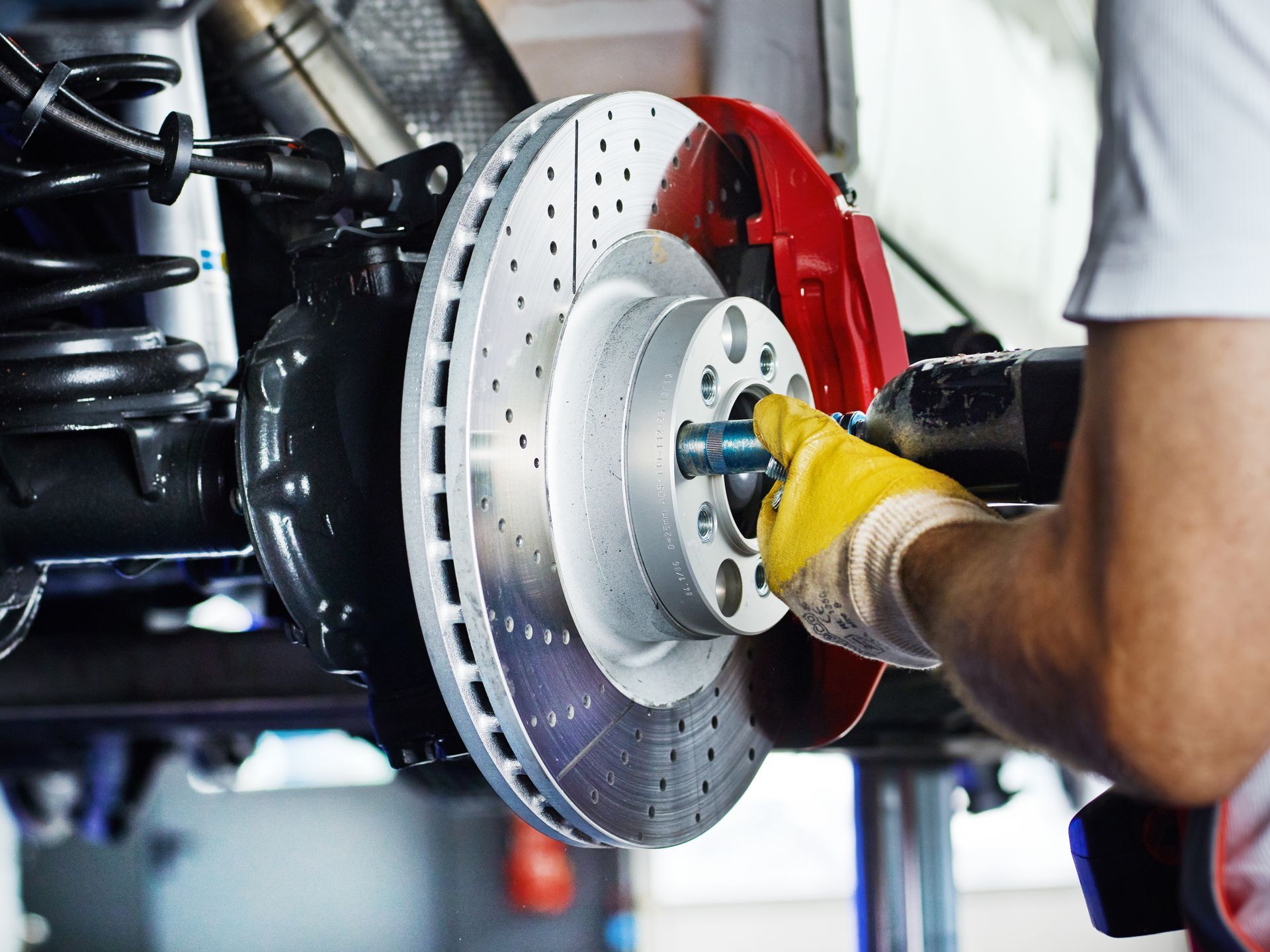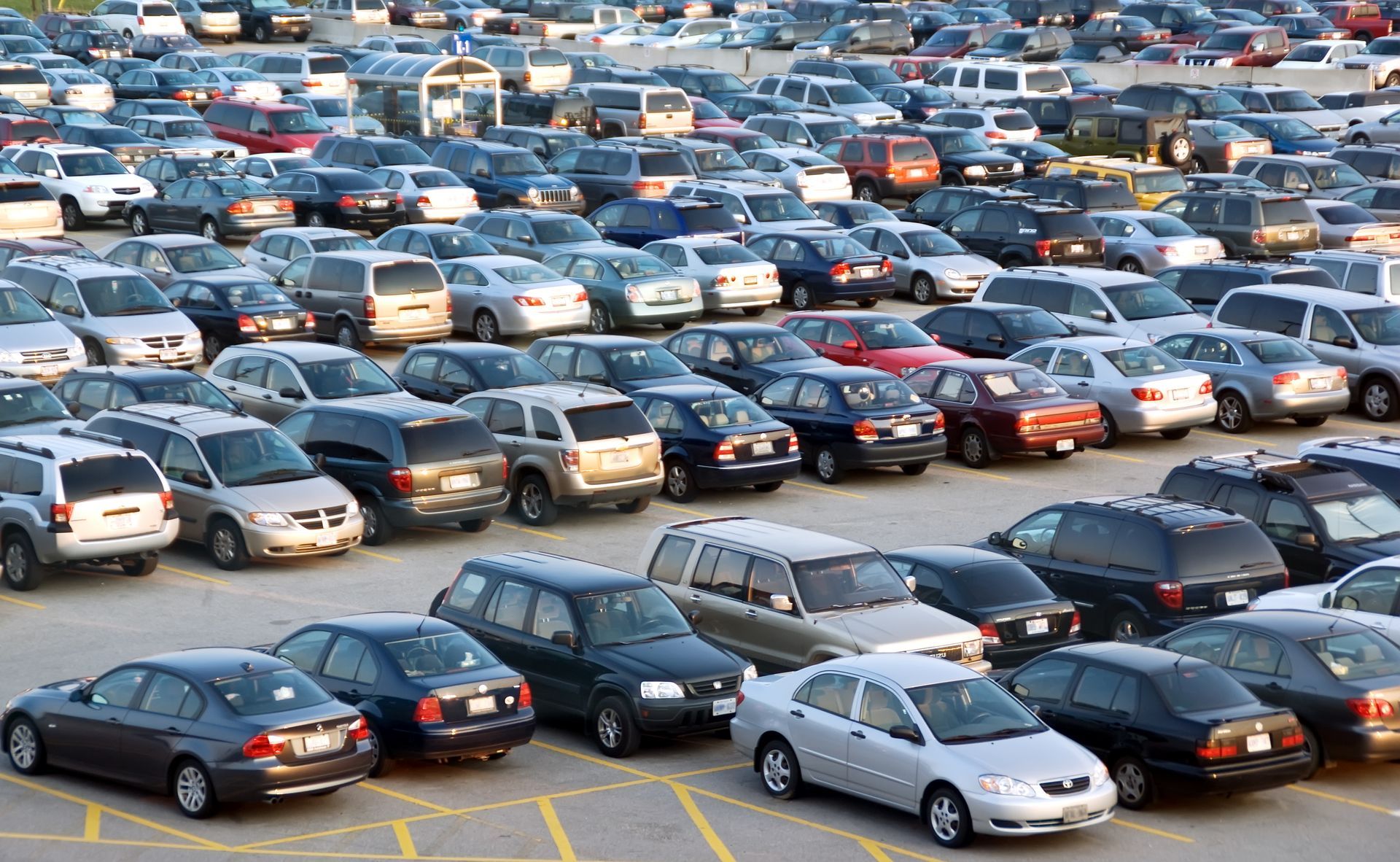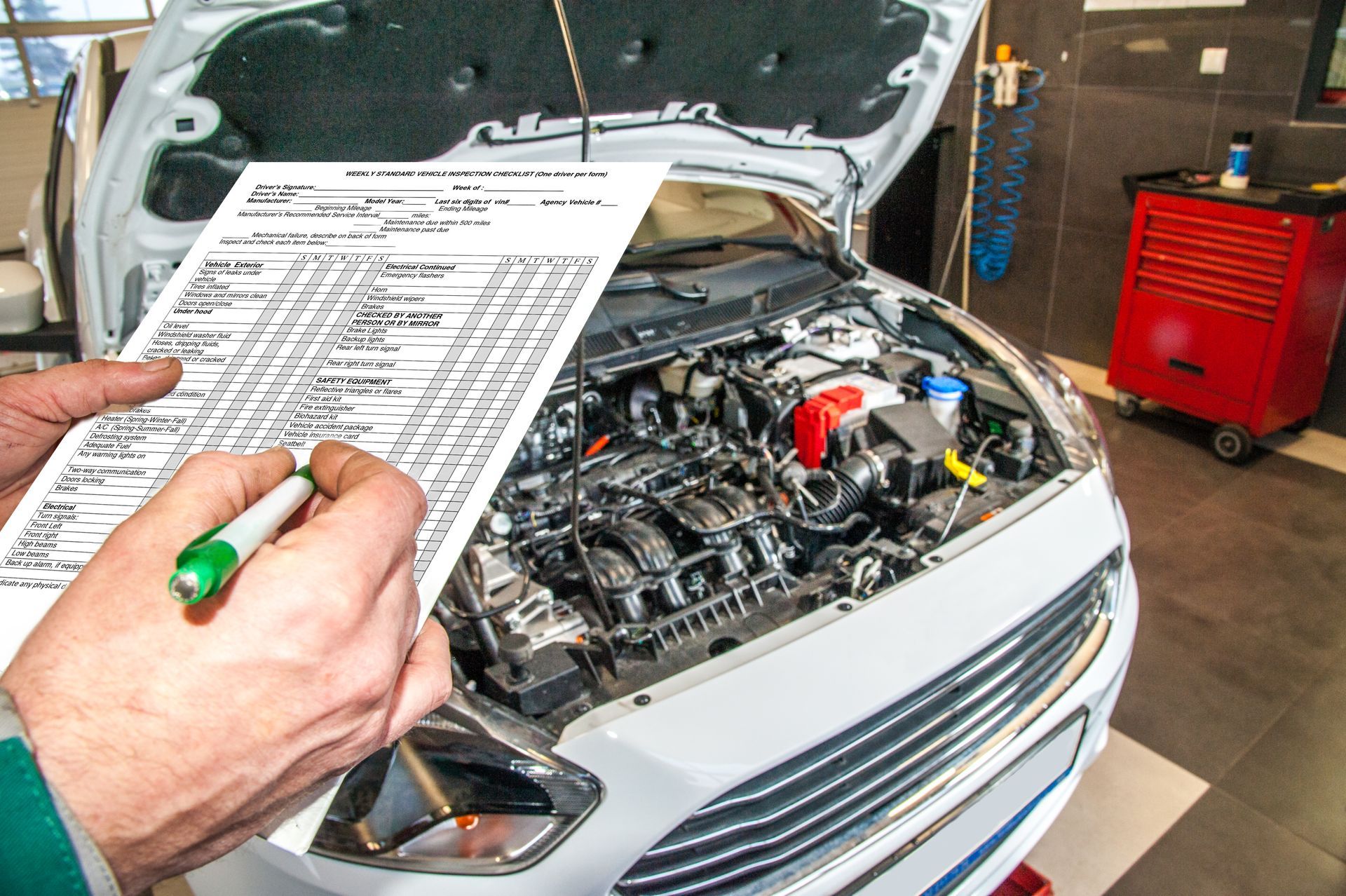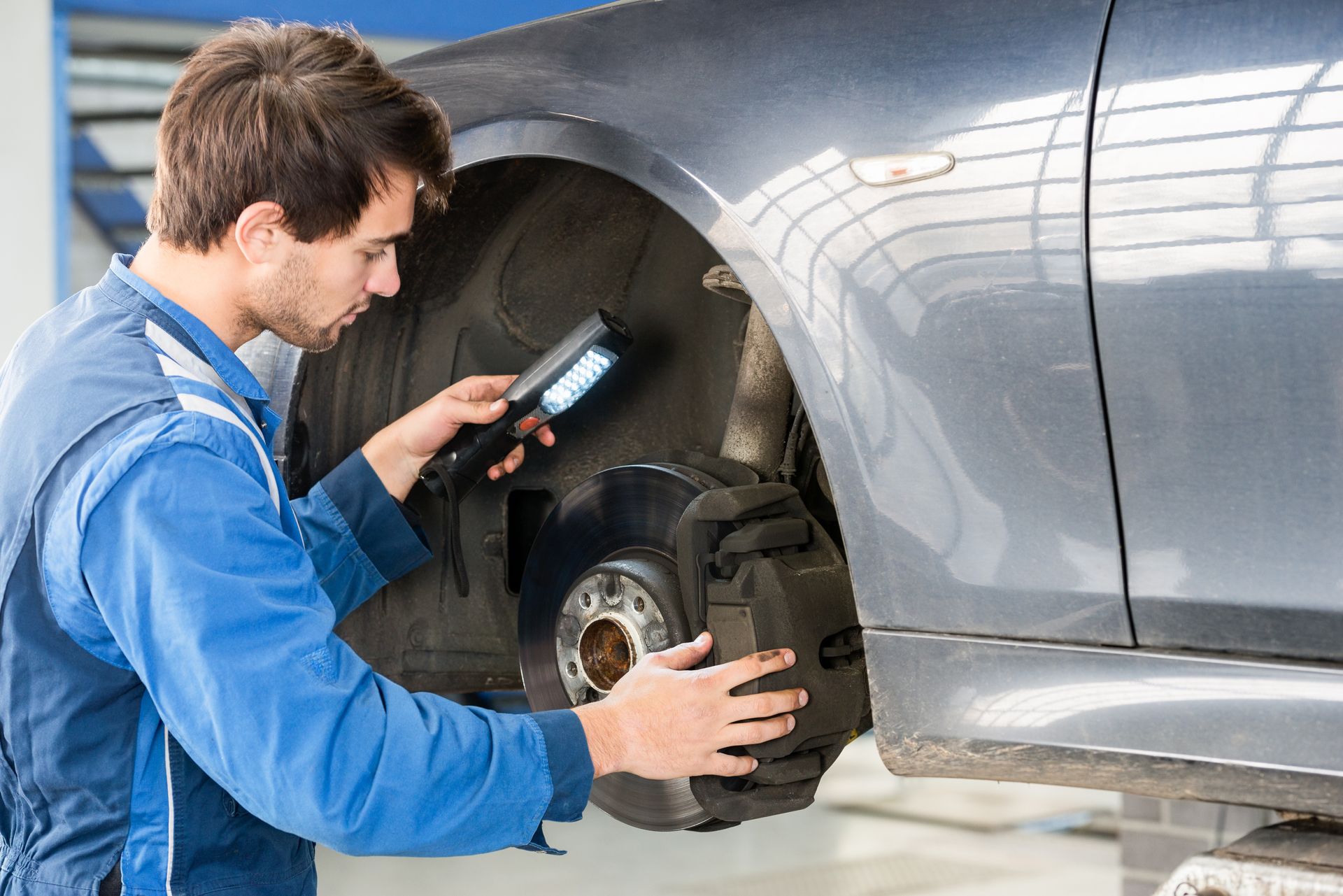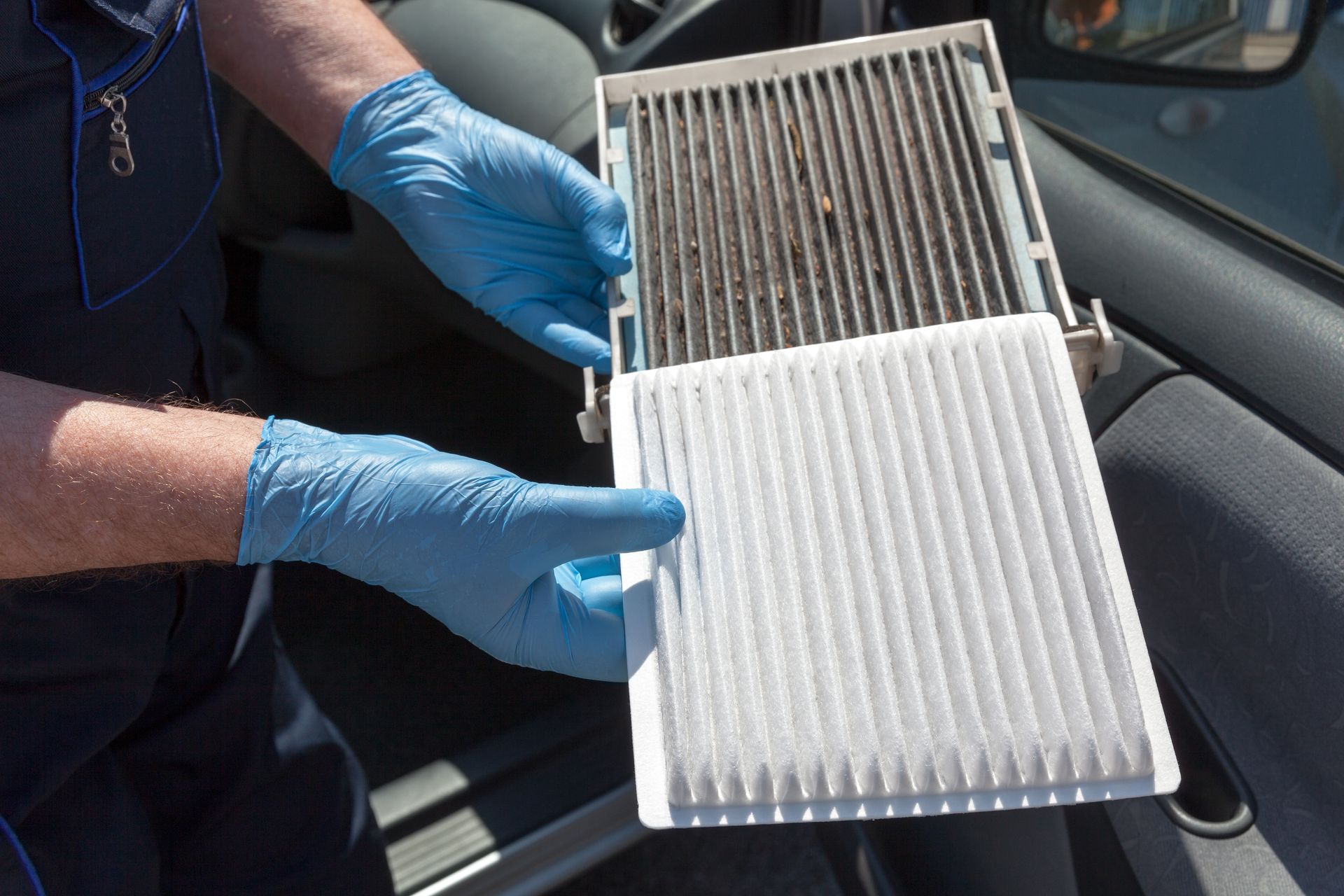If your car drifts or pulls to one side while you’re driving, even when the steering wheel is straight, it’s more than a minor annoyance—it’s a sign that something is off in your vehicle's steering, suspension, or alignment systems. Ignoring this issue can lead to increased tire wear, reduced handling, and safety risks, especially at higher speeds or in emergency situations. Knowing the common causes behind this behavior will help you identify the problem and get it fixed before it becomes a bigger concern.
Wheel Alignment Issues
One of the most frequent reasons for a vehicle to pull to one side is poor wheel alignment. Over time, hitting potholes, curbs, or driving on rough roads can knock the wheels out of their correct angles. When alignment settings like toe, camber, or caster are out of specification, your car may naturally veer in one direction.
Even a slight misalignment can cause your tires to wear unevenly and reduce your control of the vehicle. If you notice the pull gets worse at higher speeds or the steering wheel doesn’t return to center properly, it’s time to have your alignment checked and adjusted.
Uneven Tire Pressure
Surprisingly, something as simple as uneven tire pressure can make your car pull to one side. When one tire has less air than the other, it changes the way your car sits and drives. The tire with lower pressure has more rolling resistance, which can cause the car to drift toward that side.
Checking and adjusting tire pressure regularly is a quick and easy way to prevent this issue. Use the recommended PSI found in your owner’s manual or on the sticker inside the driver’s door, and don’t rely solely on visual inspection—use a proper gauge.
Brake Problems
If your car pulls to one side primarily when braking, it may be a problem with the brake system. A sticking caliper or uneven brake pad wear can cause the brakes to apply uneven pressure to the wheels. When one side grips harder than the other, it results in a noticeable pull in that direction.
Brake issues are particularly important to address right away, as they can compromise your ability to stop safely. In addition to pulling, you might notice shaking or strange smells if the caliper is overheating due to being stuck.
Suspension Wear
Worn suspension components can also cause pulling. Control arms, bushings, and tie rods help keep your wheels properly positioned and moving in sync with the steering system. If these parts become loose or worn out, the alignment can shift under load, especially while accelerating or braking.
This type of issue may be subtle at first, but it tends to worsen over time and can result in unpredictable handling. A full suspension inspection can pinpoint any play or movement that’s affecting your drive.
Tire Problems
Even if your tire pressure is correct, issues like uneven tread wear or a tire defect can cause pulling. If one tire has worn more than the others, it may grip the road differently, pulling the car to one side. In rare cases, a tire with internal belt separation or sidewall damage can create a wobble or drift effect.
Rotating your tires regularly helps ensure even wear, while replacing tires in matched sets (especially on the same axle) keeps handling balanced. If your car starts pulling after a recent tire installation, double-check that the tires are the same size and type.
Layton’s Garage – Steering and Suspension Solutions in Fort Lauderdale, FL
At Layton’s Garage in Fort Lauderdale, we know how frustrating and dangerous it can be when your car won’t stay straight on the road. Whether it’s an alignment problem, tire issue, or worn suspension component, our expert technicians will diagnose the cause and get you back to driving straight and confidently.
Don’t ignore the signs—book your inspection today and let us keep your vehicle safe and steady on the road.



